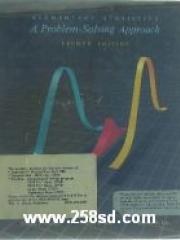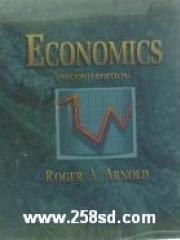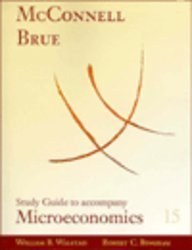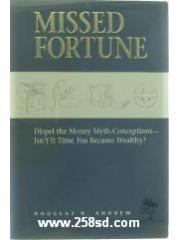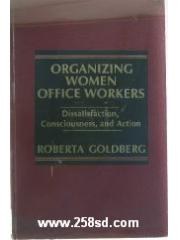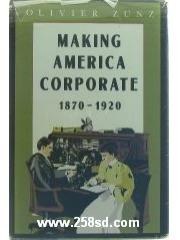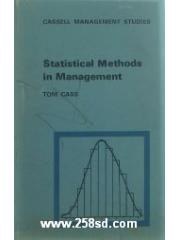

Finance and the Financial Manager<br >INTRODUCTION<br >This chapter provides a brief description of finance and the key role played by a financial<br >manager in the operation of a business. Further, like the customary introductory chapter<br > in most textbooks, the chapter also gives an overview of the book. The chapter is<br > organized in six sections and covers the following topics succinctly.<br > Organizational forms for business and the advantages and disadvantages of<br > the corporate form<br > . The role and the organizational position of the financial manager<br > Separation of ownership and management<br > Financial markets and financial institutions<br > _ Overview of the book<br > KEY CONCEPTS IN THE CHAPTER<br > Corporate and Other Forms of Business Organization: Common organizational forms<br > for businesses include the sole proprietorship - the typical form for a small business<br > owned and managed by a single individual; the partnerships, and corporations. As the<br > business grows and becomes larger, they tend to be organized as corporations with a<br > large number of stockholders. Most businesses evolve from smaller privately held<br > corporations to large public corporations. The corporate form enjoys the advantages of<br > limited liability for the owners (stockholders) and the ability to attract large amounts of<br > capital. Professional managers are hired to manage today s typical corporations. This<br > separation of ownership and management gives the firm permanence. Corporations have<br > distinct legal identity and are governed by the articles of incorporation. Corporations<br > enjoy considerable flexibility of operation.<br > The disadvantages of the corporate form include costly legal and accounting set-up and<br > double taxation of earnings.<br > Financial Manager s Role: Corporations use different real assets to run their business<br > and finance the acquisition of these assets partly by raising finances through issue of<br > financial securities, which are in the financial markets (figure 1.1). The financial<br > manager s primary role is deciding which assets to invest in and how to finance them<br > Thus the two types of decisions the financial manager is called upon to make are<br > investing decisions (capital budgeting) and financing decisions. Corporate finance is<br > primarily concerned with these decisions.<br >
具體描述
讀後感
英國碩士期間,FM,TOF,MF三門課都需要的書。這本書和曼昆的經濟學原理,米什金的貨幣銀行學被我認為是經濟金融類學科學生最值得讀的三本書
評分認真讀過此書的前幾章。此書寫得淺顯易懂,習題也比較好,可以很好的來鞏固書本內容。 但是,有一章描述到公司股票價格,按照此書的說法,股票價格就由一個簡單的公式決定的,如果真的這麼簡單,人人都是股票專傢,可以預測股票價格瞭。
評分基本上,在大學裏金融專業學習的分支兩個 —— 投資學(Investments)和公司金融(Corporate Finance)。而作為基礎之一公司金融在國內叫的五花八門,不用去糾結具體含義,基本上的叫法有:公司金融、公司理財、公司財務、財務管理等等,本文一下全部以公司金融或CorFin代替。 ...
評分本書旨在介紹公司財務的理論和實務知識。全書共35章,分為11個部分,每一部分都有一個簡短的引子,導齣即將介紹的論題。第一至第二部分(第1-12 章)討論價值評估與資本投資決策,第四至八部分(第13-28章)介紹長期融資,第九部分(第29-31章)聚焦財務計劃和短期融資決策,第十部分...
評分認真讀過此書的前幾章。此書寫得淺顯易懂,習題也比較好,可以很好的來鞏固書本內容。 但是,有一章描述到公司股票價格,按照此書的說法,股票價格就由一個簡單的公式決定的,如果真的這麼簡單,人人都是股票專傢,可以預測股票價格瞭。
用戶評價
相關圖書
本站所有內容均為互聯網搜索引擎提供的公開搜索信息,本站不存儲任何數據與內容,任何內容與數據均與本站無關,如有需要請聯繫相關搜索引擎包括但不限於百度,google,bing,sogou 等
© 2025 onlinetoolsland.com All Rights Reserved. 本本书屋 版权所有





